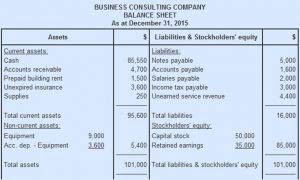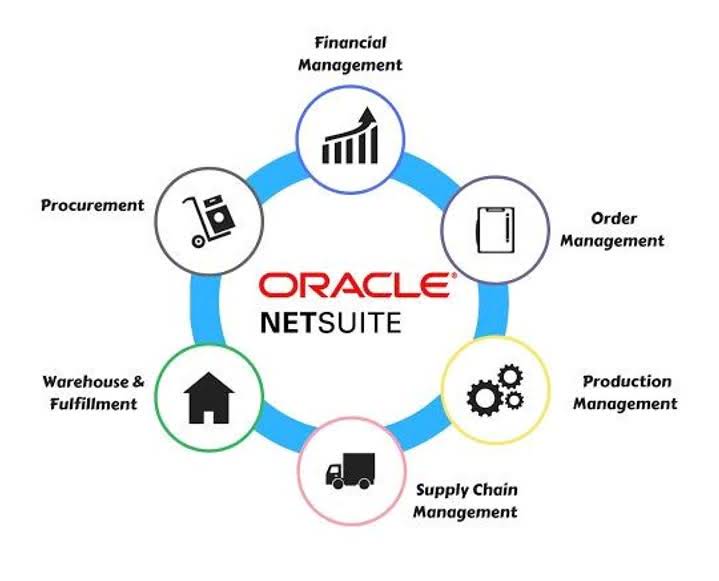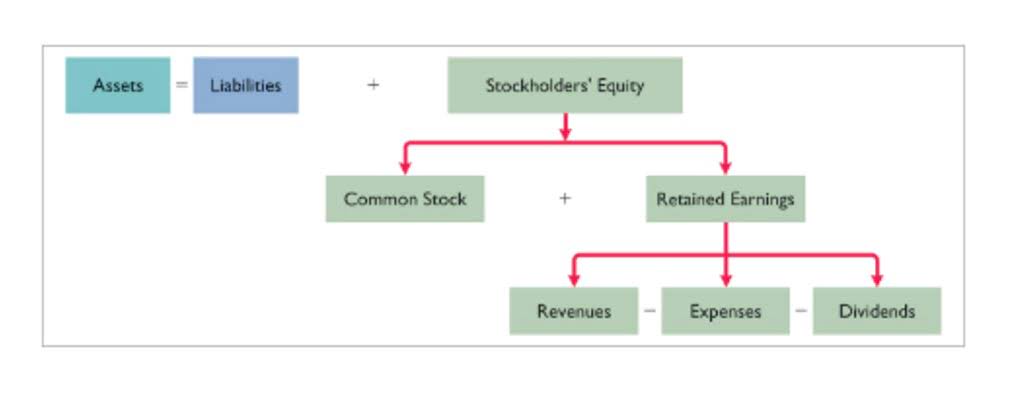
These unsold units would continue to be treated as asset until they are sold in a following year and their cost transferred from inventory account to cost of goods sold account. Period costs are not tied to a product or the cost of inventory like product costs are. Period costs are also listed as an expense in the accounting period in which they occur. Some examples of what a product costs include, direct labor, raw materials, manufacturing supplies, and overhead that is directly tied to the production facility, such as electricity. Period costs encompass a variety of expenses that are essential for the day-to-day operations of a business but are not part of the manufacturing process. Selling costs relate to the activities that generate sales and include advertising, sales commissions, and promotional materials.
Step 5: Divide Cost by Annual Savings

11 Financial may only transact business in those states in which it is registered, or qualifies for an exemption or exclusion from registration requirements. 11 Financial’s website is limited to the dissemination of general information pertaining to its advisory services, together with access to additional investment-related information, publications, and links. Managers are always on the lookout for ways to reduce costs while trying to improve the overall effectiveness of their operations.
How Do Solar Incentives in California Affect Payback Periods?

The person creating the production cost calculation, therefore, has to decide whether these costs are already accounted for or if they must be a part of the overall calculation of production costs. This formula is flexible and can be customized to include all relevant costs for the specified period. Product Costs are essential for calculating the cost of goods sold and determining the gross profit margin of a business. However, if these costs become excessive Accounting for Churches they can add significantly to total expenses and they should be monitored closely so managers can take action to reduce them when possible. What is paid during that period was $100,000 in rent and utilities, but only $10,000 in insurance and property taxes because a storm damaged the roof of one of its properties.
- The fixed cost per unit of production will fluctuate inversely with output level variations.
- Companies may decide to absorb certain period costs temporarily to gain market share or enter a new market, setting prices that are competitive yet may not fully cover these expenses in the short term.
- Investing in solar in California is more than just a financial decision—it’s a lifestyle choice that aligns with environmental responsibility, energy independence, and long-term savings.
- They can also include legal fees and loan interest if these amounts are paid in advance.
- On the other hand, if a cost is linked to a product, inventory, production, or goods and may be incurred over several accounting periods, you may be looking at a product cost.
- Whether you’re a business owner monitoring quarterly costs or an individual tracking monthly expenses, this calculator simplifies the process of calculating total costs for a specified period.
What is a period expense?

On the other hand, a company that does not produce goods or does not carry inventory of any kind will not have any product costs to report on its financial statements. Accountants and company managers must analyze the company’s costs to determine whether they fall under the period category or product category as there’s no how to calculate period costs set product cost formula to get a precise calculator. Additionally, businesses must periodically assess the carrying value of assets for impairment and adjust depreciation estimates as needed to reflect changes in asset values or useful lives. Product costs (also known as inventoriable costs) are those costs that are incurred to acquire, manufacture or construct a product.
What is the benefit of classifying costs as products or periods?
Therefore, period costs are listed as an expense in the accounting period in which they occurred. Fixed costs are costs that remain constant throughout a specific period of time, regardless of output level. In general, fixed costs include fixed production overhead and administrative overhead. The fixed cost per unit of production will fluctuate inversely with output level variations. Online Accounting In other words, period costs are expenses that are not directly related to a company’s production process, but rather are incurred over time.
- There is no fixed approach to identifying the period expense in all the particulars.
- Period costs encompass a variety of expenses that are essential for the day-to-day operations of a business but are not part of the manufacturing process.
- Since these costs are deducted from revenues within the same period they are incurred, they can significantly affect the net income reported.
- Therefore, before talking about how a product cost differs from a period cost, we need to look at what the matching principle says about the recognition of costs.
- Also, interest expense on a company’s debt would be classified as a period cost.
- By properly classifying costs as either Period Costs or Product Costs, businesses can assess their profitability, make informed pricing decisions, and allocate resources effectively.
This approach can be particularly effective in industries where customer acquisition costs are high, but the lifetime value of a customer is significant. The pricing strategy must then be adjusted over time as the business scales and these costs become a smaller proportion of the total expenses. Explore the role of period costs in financial management, from accounting practices to strategic pricing and budgeting, for informed business decisions. In a manufacturing organization, an important distinction exists between product costs and period costs. In a manufacturing organization, an important difference exists between product costs and period costs.
Total System Costs
In short, any costs incurred in the process of acquiring or manufacturing a product are considered product costs. “Period costs” or “period expenses” are costs charged to the expense account and are not linked to production or inventory. Period costs are the costs incurred by a company to produce goods or render services that cannot be capitalized into prepaid expenses, inventory, or fixed assets. Managing fixed period costs involves careful budgeting and planning to ensure that the business can cover these expenses even during periods of low revenue or economic downturns. When creating your budget each year, you might cut costs by reevaluating your period expenses.
Part 2: Your Current Nest Egg

Explore our marketplace and find the perfect tool to streamline your processes today. Someone on our team will connect you with a financial professional in our network holding the correct designation and expertise. We follow strict ethical journalism practices, which includes presenting unbiased information and citing reliable, attributed resources. Finance Strategists has an advertising relationship with some of the companies included on this website. We may earn a commission when you click on a link or make a purchase through the links on our site. All of our content is based on objective analysis, and the opinions are our own.

.jpg)
.jpg)
.jpg)

